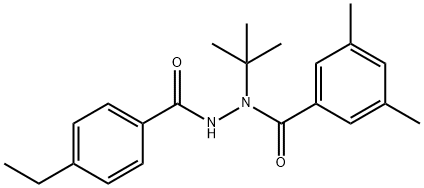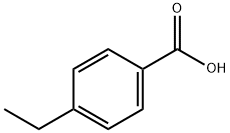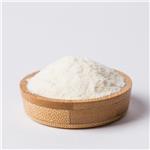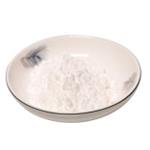General Description
Tebufenozide is an ecdysone insecticide, which causes the premature molting of insects by interfering with the normal development of insects. It has high insecticidal activity and high selectivity, being effective in treatment of all lepidopteran larvae, caterpillar, diamondback moth and beet armyworm. It has a strong ovicidal activity, being safe to non-target organisms. Tebfenozide has no irritating effect on the eyes and skin without any teratogenic, carcinogenic and mutagenic effects on higher animals, being of high safety to mammals, birds and natural enemies. It is an ideal insecticide during integrated control.
Chemical Properties
Pure white powder, melting point 191 ℃. Slightly soluble in water and organic solvents; stable to light. It is stable at 5 ° C in pH 7 aqueous solution upon light emission.
Toxicity (to higher animals)
Low toxicity
Mechanism of Action
Tebufenozide is a pro-skinning compound that selectively controls lepidopteran larvae by acting in close association with the descorticophilin receptor protein. During its effect, tebufenozide mimics the action of natural insect pest hormone 20-hydroxy-descorticoid, leading to its premature, deadly peeling.
Control object and using method
It can be used to control a variety of lettuce larvae such as cabbage, apples and other crops. It is effective in the treatment of all instar larvae at drug interval of 14d.
- Control Spodoptera exigua, Spodoptera litura, Spodoptera frugiperda, melon field borer and cabbage budworm; apply in the early larvae emergence, spray 1 500 ~ 2 000 times 20% SC.
- Control apple leaf roller and peach moth worm, Spray 1000 ~ 2000 times 20% suspension.
- Control corn borer and bean curl moth; spray 1000 ~ 2000 times 20% suspension.
Attention
- This product is toxic to silkworms, should pay attention to be away from the silkworm area.
- This product is generally effective against Plutella xylostella and can be mixed with avermectin.
- Spray uniformly; ensure that the contact of liquid with parasites.
- It is best to apply pesticide in the evening when controlling beet armyworm.
Uses
Synthetic nonsteroidal ecdysone agonist causing premature molting; novel insect growth regulator specific to lepidopteran species. Insecticide.
Uses
Tebufenozide is used to control lepidopterous larvae on rice, fruit,
row crops, nut crops, vegetables and vines and in forestry.
Definition
ChEBI: A carbohydrazide that is hydrazine in which the amino hydrogens have been replaced by tert-butyl, 3,5-dimethylbenzoyl and 4-ethylbenzoyl groups respectively. It is an insecticide used widely against caterpillars.
Hazard
Low toxicity by ingestion, inhalation, and
skin contact.
Agricultural Uses
Insecticide, Insect growth regulator: Tebufenozide is an insect growth regulator that interferes
with molting of Lepidopteran larvae. It is used on
fruitworm, fireworms, false armyworm, gypsy moth, and
spanworms, and is applied pre-harvest. Registered for use
in EU countries. Registered for use in the U.S.
Trade name
CONFIRM®; MIMIC®; RH-5992®
Metabolic pathway
Oxidation of ethyl and methyl substituents of the phenyl rings of
tebufenozide occurs in soils and plants, to give carboxylic acids, alcohols
and a ketone.
Degradation
Tebufenozide was stable at 94 °C for 7 days, stable to light in pH 7
aqueous solution (25 °C) and stable in dark sterile water for 30 days
(25 °C). The DT
50 in natural pond water, in light, was 30 days (25 °C)
(PM). It was stable in acidic and neutral buffer solutions. Hydrolysis
was marked in alkaline conditions (DT
50 203 days, pH 10, 20°C).
Tebufenozide was stable in sterilised stream water in the dark but
degraded in non-sterile water (DT
50 181 days). The insecticide was
photodegraded by sunlight (DT
50 83 hours, summer 46°N). The
results suggest that microbial degradation and photolysis will be the
main routes of tebufenozide dissipation in natural aquatic conditions
(Sundaram, 1994).





